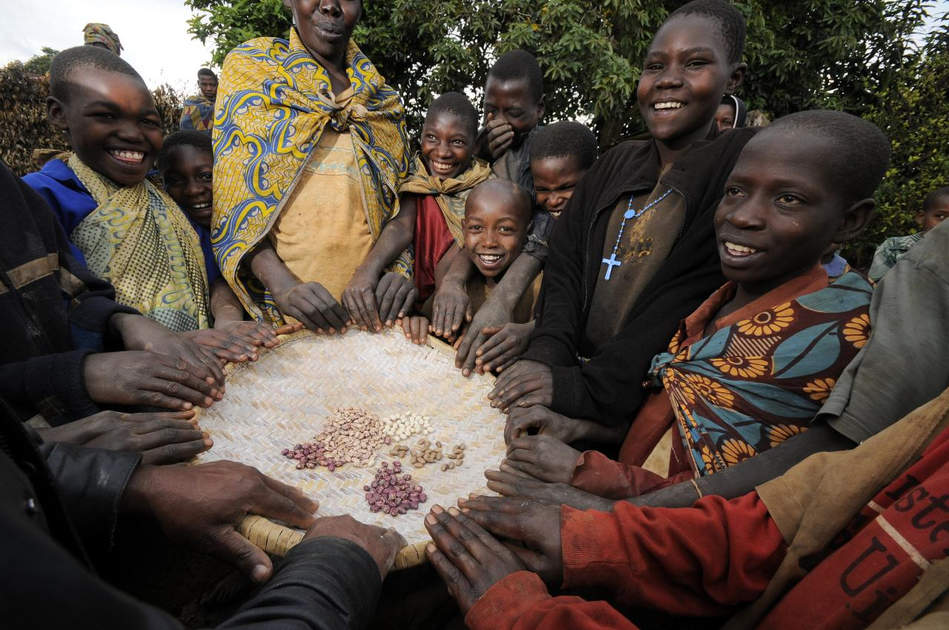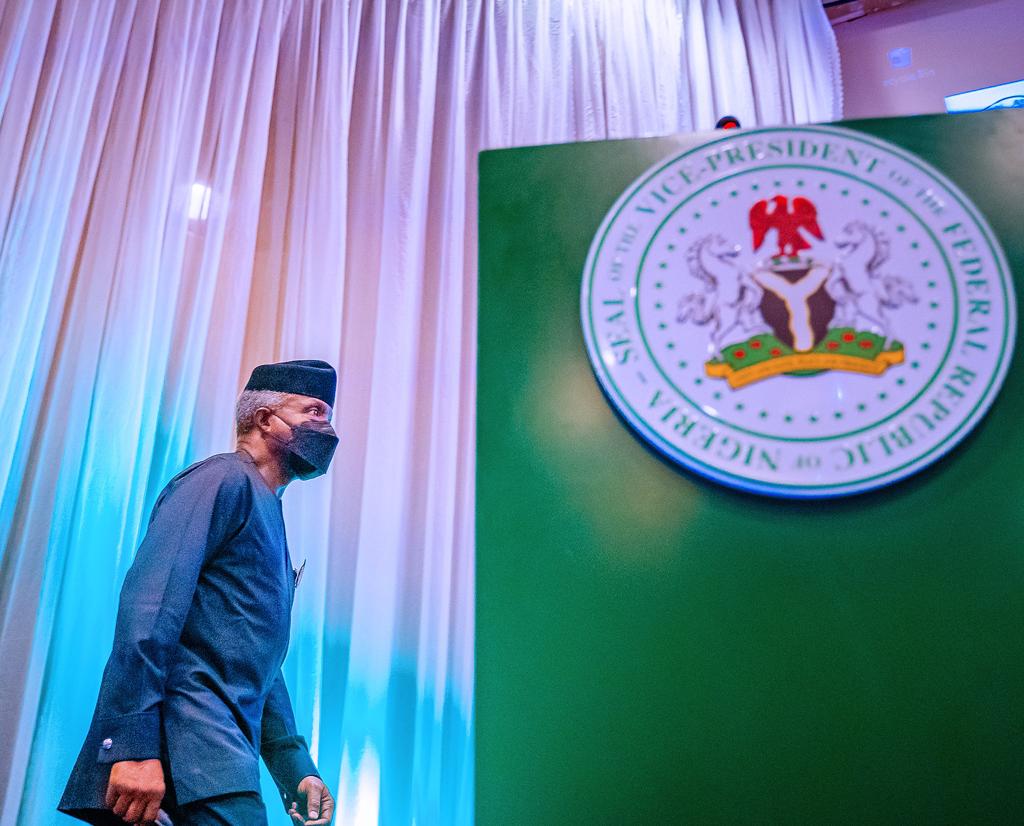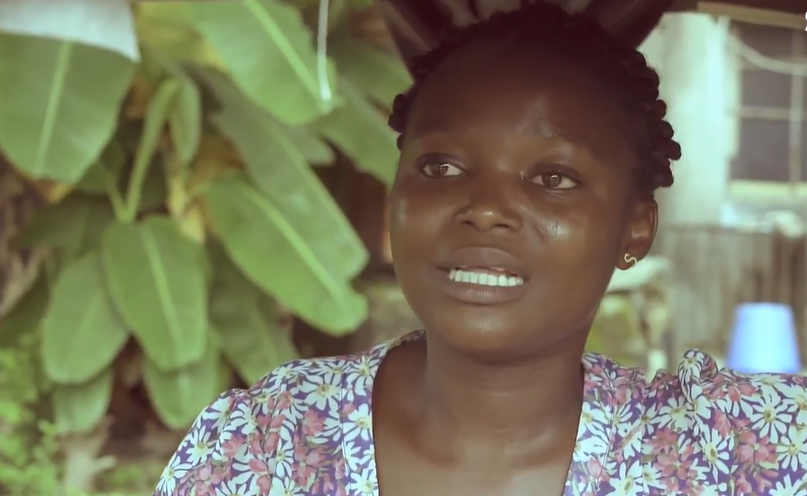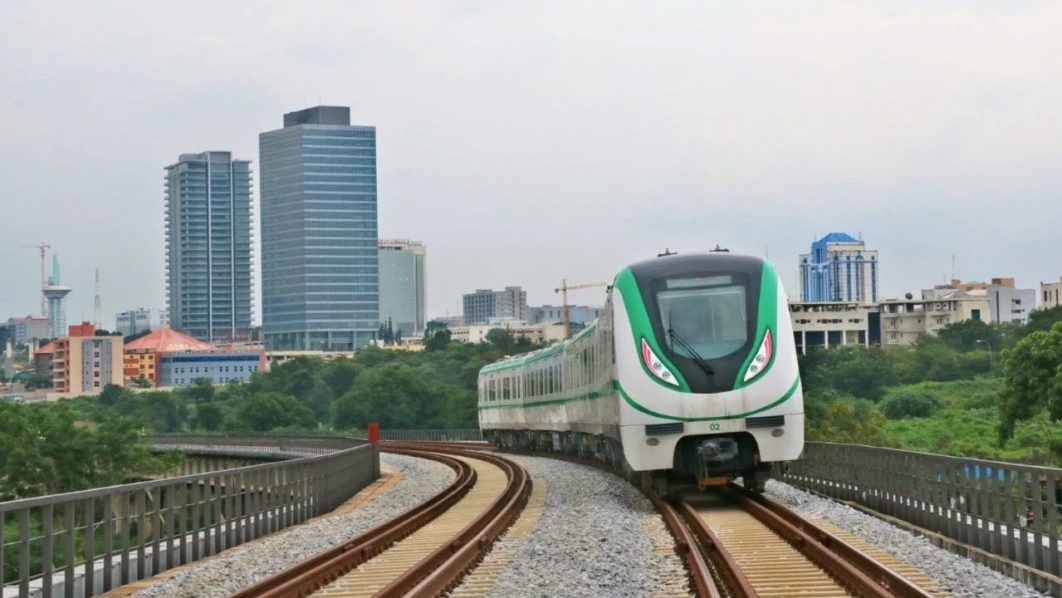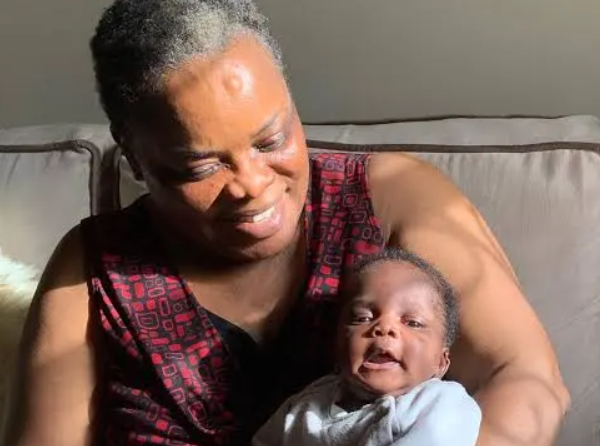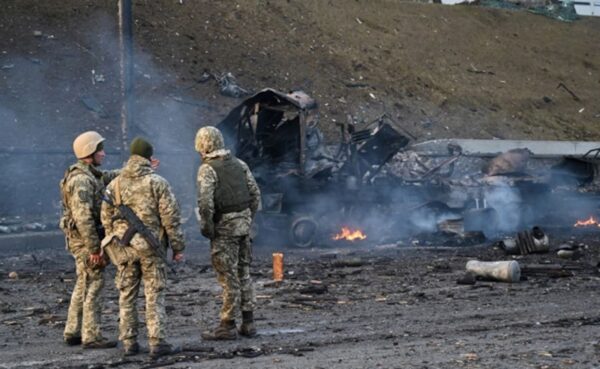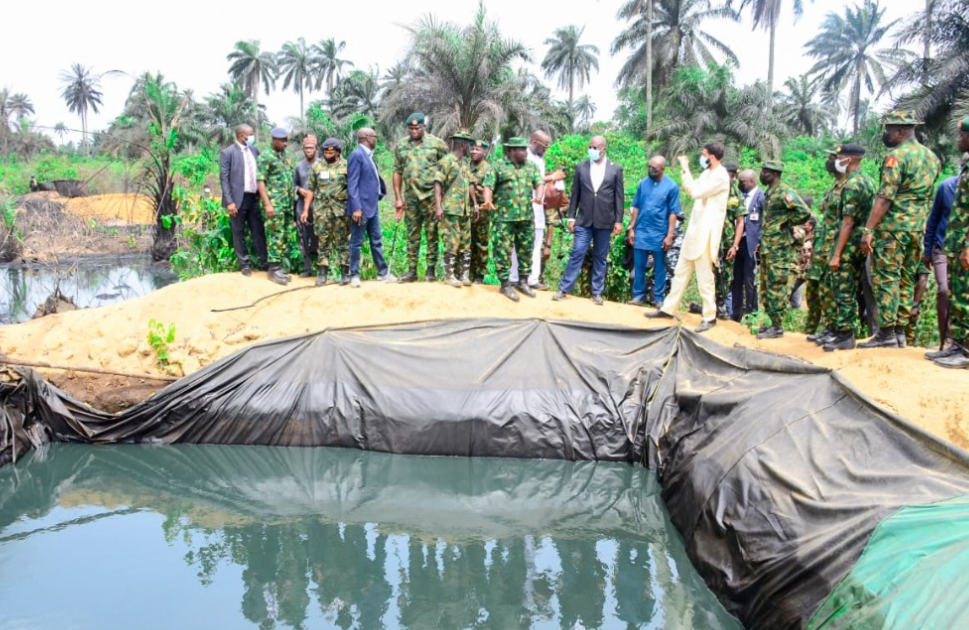BY DEBISI ARABA
In early February 2019, I visited Malawi for the first time. I was then the regional director for Africa at the International Center for Tropical Agriculture (CIAT) and a member of the steering committee for the multi-million-dollar USAID funded Africa Rising program. On the trip, we visited a few farms, where scientists showed us, with much enthusiasm, different ‘treatments’ being made on the farms to improve soil health and boost crop productivity. Just before we arrived at one of such farms, we drove past a school; not a memorable sight at that moment, but one that led me to a damascene experience shortly afterwards.
On the farm close to the school, the farmers welcomed us with singing and dancing and we were shown a maize plot where the scientists were applying double up legumes – in this case, groundnut and pigeon pea – crops that help to fix nitrogen into the soil, improving fertility for the maize.
Needing to take a break, I moved away from the farm, towards the edge of the road, behind the group of attentive listeners. I looked across the road and noticed children congregating around one of our project vehicles. The young ones, with curious but weary eyes, looked on. At that moment, it struck me that the children belonged to the farmers on whose land we were conducting the ‘treatments’. ‘These children should be in school!’ I thought to myself and beckoned over the chief scientist of the program. I asked him if, based on our multi-million-dollar interventions, these children could escape the poverty trap and become prosperous. My colleague responded in the negative. I was hit with existential angst; ‘what are we doing here if we are not creating prosperity?’ As we piled into our vehicles at the end of the day, I looked back at the farmers, no longer singing or dancing, returning to their reality.
Advertisement
Since the early 1940s, efforts initiated by the Rockefeller Foundation and other philanthropies and national governments to address global food insecurity led to the founding, in the 1960s, of the International Maize and Wheat Improvement Centre (CIMMYT) based in Mexico, and the International Rice Research Centre (IRRI) based in Sri Lanka, as the first two of a number of international agriculture research institutions which would go on to dominate and influence global agriculture outcomes. In 1971, four global centres, now including both the International Institute for Tropical Agriculture (IITA) based in Nigeria, and the International Center for Tropical Agriculture (CIAT) based in Colombia, were united under a global umbrella of the Consultative Group on International Agriculture Research (CGIAR), now known as the international consortium on international agriculture research. This number grew to 13 global centres in 1983 and has remained fluid in total count since then.
These global agriculture research centres, collectively known as the CGIAR, represent the most focused global effort to ensure that humankind can grow the food we require to nourish the world and sustain the environment. The CGIAR aligns funding from a consortium of donors, through a system council that approves global strategy and funding allocation. Previously, each centre operated independently, but are all now being aligned through a OneCGIAR process aimed to streamline operational efficiency, strengthen the collective value proposition and position the CGIAR into a stronger, more formidable network to address the global challenges of food.
Just as some leaders have opined, it is necessary for the OneCGIAR reform to incorporate a new ethic and approach in delivering shared prosperity through food and agriculture. Two ways through which this can happen are in shifting the composition and decision-making of leadership and strategy to the countries and regions and focus. By 2050, the world’s population is projected to reach 10 billion. Africa will hold a quarter of this number, and over 50% of Africa’s population will be below 25 years. That is a significant number and one that will influence global food and agriculture for the next generation. Therefore, there is a compelling case to align resources and strategies to ensure that we maximise the demographic dividend from Africa’s youth bulge and agri-food potential. This marshalling of effort should be African-led and supported.
Advertisement
Now is the time to show faith in the intellectual depth and leadership strength invested across the continent over the past sixty years in creating knowledge hubs designed to deliver excellence in science and technology for agriculture productivity. With the support of visionary programs such as the African Development Bank-led Technologies for African Agricultural Transformation (TAAT), African institutions are receiving the financing and support to cover last-mile gaps in rolling out cutting-edge technological innovations in crop varieties, farming practices, market access and the like, with remarkable results leading to countries approaching self-sufficiency in staples as well as reducing the prevalence of malnutrition while creating jobs and diversifying sources of economic prosperity.
The OneCGIAR process should lead to the development of a stronger network between respective national agriculture research systems (NARS). Each country already has domestic investments in agriculture research, which is necessary to improve productivity and global competitiveness. Few challenges here include the uneven access to funding due to competing priorities and weaker economies, but also and crucially, a brain drain scenario, where the cream of the NARS is hoovered up by the better-compensated CGIAR centres.
One way of increasing direct investments by the CGIAR in the NARS, aligned with respective national priorities may be for the CGIAR to devolve into a Fellowship of scientists, embedded within the NARS and connected into a global network of institutions collaborating in a symbiotic network towards global goals and shared purpose. This would eliminate the existing two-tiered system where the CGIAR centres operate within countries and compete with the NARS for research funding – a situation for which they are optimised to dominate due to the asymmetry of access to information, preparation and expertise.
From time to time, my mind drifts back to the singing and dancing farmers I encountered in Malawi and my accompanying existential question; ‘what are we doing here if we are not creating prosperity?’ I believe that the OneCGIAR reform should have shared prosperity as its highest goal, and the actions taken by the hierarchy, in choosing the next generation of leaders and strategy, should reflect the evolving nature of the world’s markets. The OneCGIAR structure, mission, vision, and values, will send a strong message across the world on how and on whom we are placing bets on our future. I want to see farmers singing and dancing because they want to, and are prosperous. Our conscience should not accept any other reason; therefore, we have to make this reform count. For Africa, and the rest of the world.
Advertisement
Dr. Debisi Araba is a visiting research fellow at Imperial College London and a member of the Malabo Montpellier Panel.
Views expressed by contributors are strictly personal and not of TheCable.
Add a comment
